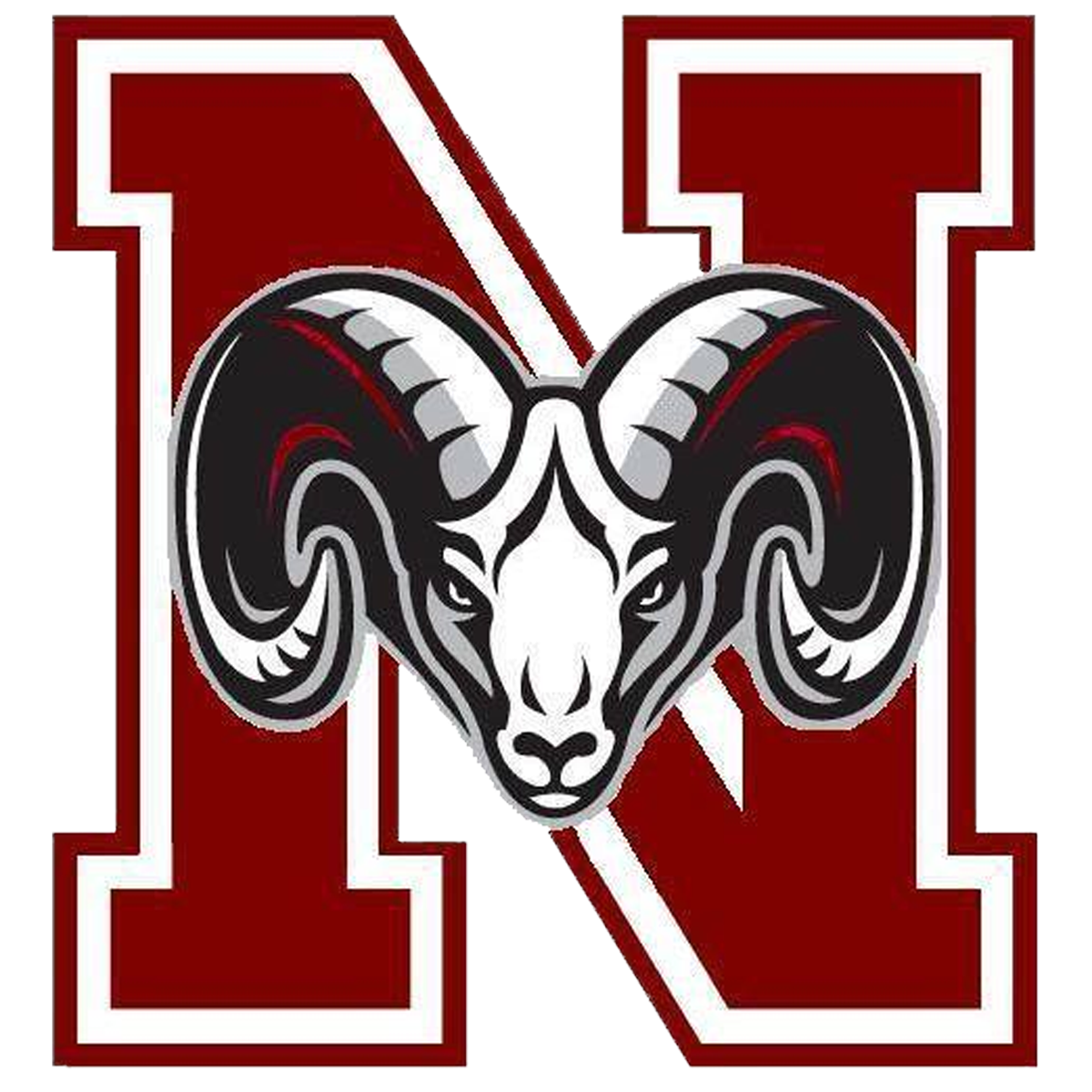Important Terms or "Buzz Words"
Learning objective - a specific learning goal and a specific measure of student learning used to track progress toward that goal. It should be posted daily to tell students what they should know and be able to do by the end of the lesson.
Module - unit of study based on selected common core standards that usually lasts approximately 8 weeks (one quarter)
Pacing guide - sometimes referred to as a curriculum map, scope and sequence, standards schedule, instructional calendar, or road map. It is specific to a particular content area and level (e.g., 9th grade Algebra 1) and details when particular content standards should be taught and/or assessed.
CEPA (Curriculum Embedded Performance Assessment) - involve a requirement that students create a product or performance demonstrating deeper learning – the ability to apply foundational knowledge and/or skills to complete a significant task – often to solve a real-world problem.
Inquiry-based learning - starts by posing questions, problems or scenarios—rather than simply presenting established facts or portraying a smooth path to knowledge. The process is often assisted by a facilitator.
Standards - the learning goals for what students should know and be able to do at each grade level.
Curriculum - typically refers to the knowledge and skills students are expected to learn, which includes the learning standards or learning objectives they are expected to meet; the units and lessons that teachers teach; the assignments and projects given to students; the books, materials, videos, presentations, and readings used in a course; and the tests, assessments, and other methods used to evaluate student learning.
Formative assessment - The goal of formative assessment is to monitor student learning to provide ongoing feedback that can be used by instructors to improve their teaching and by students to improve their learning. More specifically, formative assessments help students identify their strengths and weaknesses and target areas that need work, and help faculty recognize where students are struggling and address problems immediately. Formative assessments are generally low stakes, which means that they have low or no point value. Examples of formative assessments include asking students to: draw a concept map in class to represent their understanding of a topic, submit one or two sentences identifying the main point of a lecture, or turn in a research proposal for early feedback.
Summative assessment - The goal of summative assessment is to evaluate student learning at the end of an instructional unit by comparing it against some standard or benchmark. Summative assessments are often high stakes, which means that they have a high point value. Examples of summative assessments include: a midterm exam; a module test; a CEPA; a final project; or, a paper.
